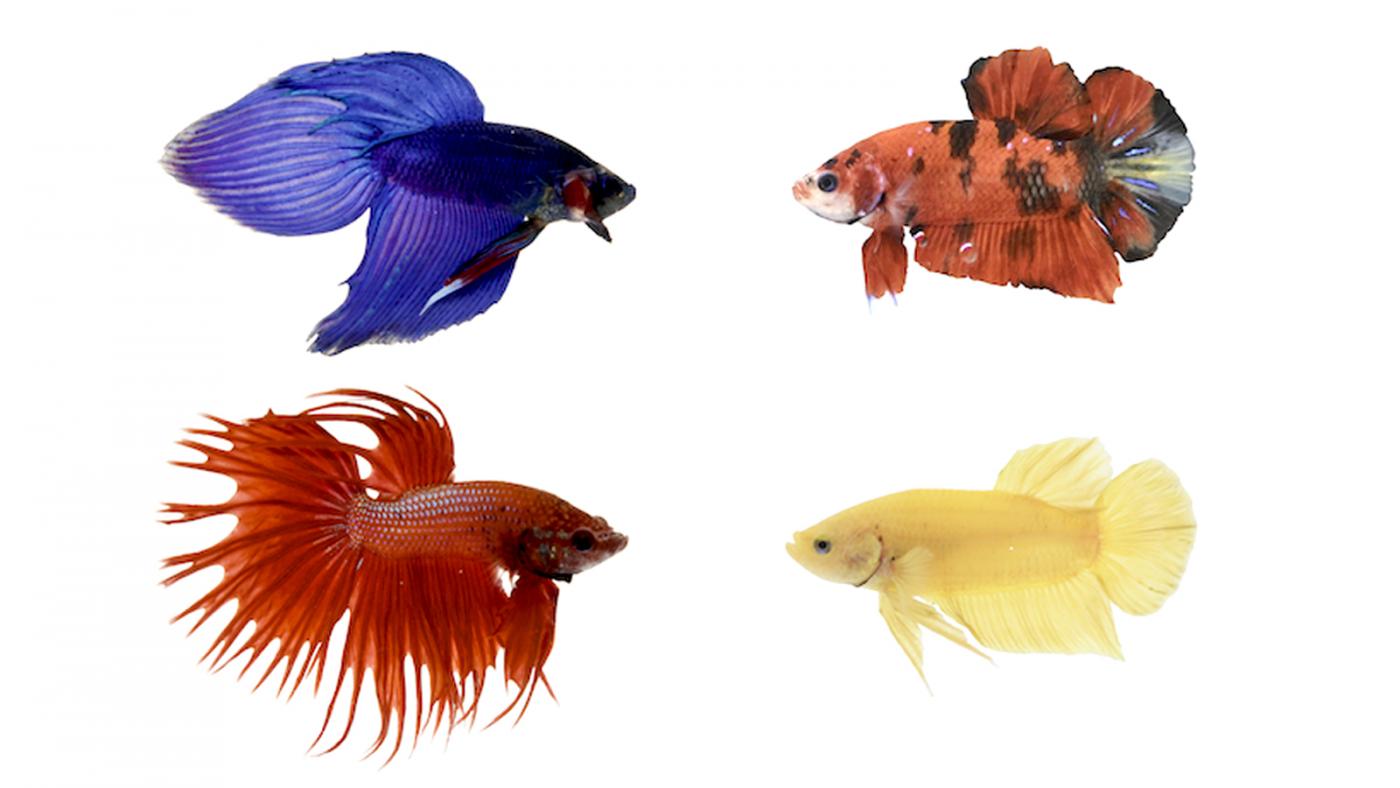Breeding Betta Fish: a Comprehensive Step-By-Step Overview to Successfully Raising Child Bettas From Eggs to The Adult Years
Reproducing Betta fish is a meticulous venture that requires cautious preparation and execution to make certain the successful growth of fry from eggs to mature fish. Selecting genetically varied breeding pairs with preferable features is only the start; creating an optimal atmosphere and recognizing the complexities of the reproducing process are similarly important. As the male Betta diligently constructs a bubble nest and guards the valuable eggs, the subsequent stages of treatment and change demand interest to information and expertise of best practices. Exactly how does one browse the difficult yet gratifying path of supporting these lively animals to the adult years?

Picking Breeding Pairs
When beginning on the trip of breeding Betta fish, picking the ideal breeding sets is critical to accomplishing desirable attributes and a healthy and balanced lineage - betta fish. The initial step in this process is to recognize the certain characteristics you want to boost or protect, such as color, fin kind, and body shape. It is essential to pick genetically diverse sets to stay clear of inbreeding, which can result in wellness problems and undesirable qualities
Evaluate prospective reproducing candidates carefully. A healthy and balanced male Betta should display vibrant shades, an active demeanor, and well-formed fins, while the lady ought to likewise display dynamic pigmentation and a rounded tummy, showing readiness for spawning. Observing the personality of both fish is important, as hostile or overly timid people may not reproduce successfully.
Maintaining documents of the moms and dad fish's origins can help you track genetic attributes and prospective problems. Eventually, spending time in the choice procedure will dramatically improve the possibility of creating strong, lively offspring that fulfill your reproduction goals.

Preparing the Reproduction Tank
Developing an optimum breeding environment is a vital action after selecting ideal sets for Betta fish. The reproduction storage tank should be especially created to offer convenience and promote the all-natural reproduction actions of the fish. Beginning with a storage tank size of at the very least 10 gallons to make certain appropriate space for both the man and female Bettas.
Keep a gentle purification system to keep the water tidy while preventing solid currents that can stress the fish. In addition, an air stone can be included in supply oxygenation without disrupting the water surface area excessive.
Temperature guideline is vital; go for a stable variety of 78-82 ° F(25-28 ° C) using a trustworthy heater. The pH degree should be kept between 6.5 and 7.5, and routine water adjustments are necessary to make sure high water quality.
Integrate drifting plants or spawning sponges to create hiding areas for the lady, while also motivating bubble nest structure by the man - betta fish. Make certain the tank is totally free from sharp designs and any type of possible threats, as the well-being of the fish should always be focused on throughout this crucial phase of breeding.
The Breeding Process
Usually, the reproducing procedure for Betta fish involves a series of distinct and observable behaviors that indicate readiness for reproduction. The male Betta begins by developing a bubble nest at the water's surface, which acts as a site for the fertilized eggs. This nest is important, as it supplies a risk-free atmosphere for the eggs until they hatch.
When the nest is established, the male will display courtship behaviors, such as flaring his fins and exhibiting vibrant shades to attract the woman. The woman, upon picking up the man's preparedness, will react by showing vertical stripes along her body, signaling her receptiveness.
When the women approaches, the male participates in a breeding dancing, often leading to check that a welcome called the "spawning." During this embrace, the lady launches her eggs, which the male fertilizes quickly. The fed eggs then fall to the bubble nest, where the male meticulously accumulates and returns them to the nest. Following this, the male presumes responsibility for securing the nest and making sure the safety and security of the eggs up until they hatch, typically within 24-36 hours. This phase is crucial in the reproducing procedure, laying the structure for successful fry growth.
Caring for Betta Fry
Caring for Betta fry needs careful focus to their environment and nourishment to ensure healthy and balanced development and advancement. After hatching out, Betta fry are incredibly tiny and susceptible, demanding a stable and tidy environment. Maintaining a water temperature in between 78 ° F and 80 ° F is important, as Betta fry thrive in warm problems. Additionally, make sure that the water is devoid of damaging contaminants; regular water modifications of 10-20% are advised to maintain ideal water top quality.
Feeding Betta fry is similarly vital. Initially, they ought to be provided infusoria or finely smashed top quality my website fry food, as their mouths are as well little to take care of larger particles. As they grow, you can gradually present bigger foods, such as infant salt water shrimp or powdered flakes, to ensure they obtain adequate nutrition. Feed them little amounts several times a day, taking care not to overfeed, which can bring about water high quality concerns.
Transitioning to Grownup Bettas
As Betta fry mature, transitioning them to adult Bettas is a crucial stage that requires careful monitoring of their setting and social communications. This process generally starts when the fry get to around six weeks of age, at which factor they can be gradually introduced to an extra structured living atmosphere.
To promote this shift, it is important to ensure that the water criteria-- such as temperature level, pH, and ammonia degrees-- are optimal and secure. Adult Betta fish thrive in cozy water (around 78-80 ° F) with a pH of 6.5 to 7.5. Gradually accustom the fry to these conditions to reduce anxiety.
Social communications are an additional key variable; man Bettas are notoriously territorial and hostile. For that reason, it is a good idea to separate males right into specific tanks as they mature. Female Bettas can be housed together, yet treatment should be required to keep an eye read review on for indicators of aggressiveness.
Furthermore, nutritional modifications ought to be made as the fry expand. Include top quality pellets and live foods to support their growth and health. By managing these factors successfully, you can promote an effective shift to their adult years for your Betta fish.

Conclusion
Successful reproduction of Betta fish requires mindful attention to information throughout the whole procedure, from choosing genetically varied sets to giving optimum treatment for fry. By making certain appropriate breeding conditions and maintaining water top quality, the likelihood of healthy children enhances considerably. Additionally, a balanced diet regimen and progressive adjustment to grown-up atmospheres are critical for the growth and advancement of Betta fish. Complying with these steps diligently fosters a flourishing populace of Betta fish, enhancing both their wellness and vitality.